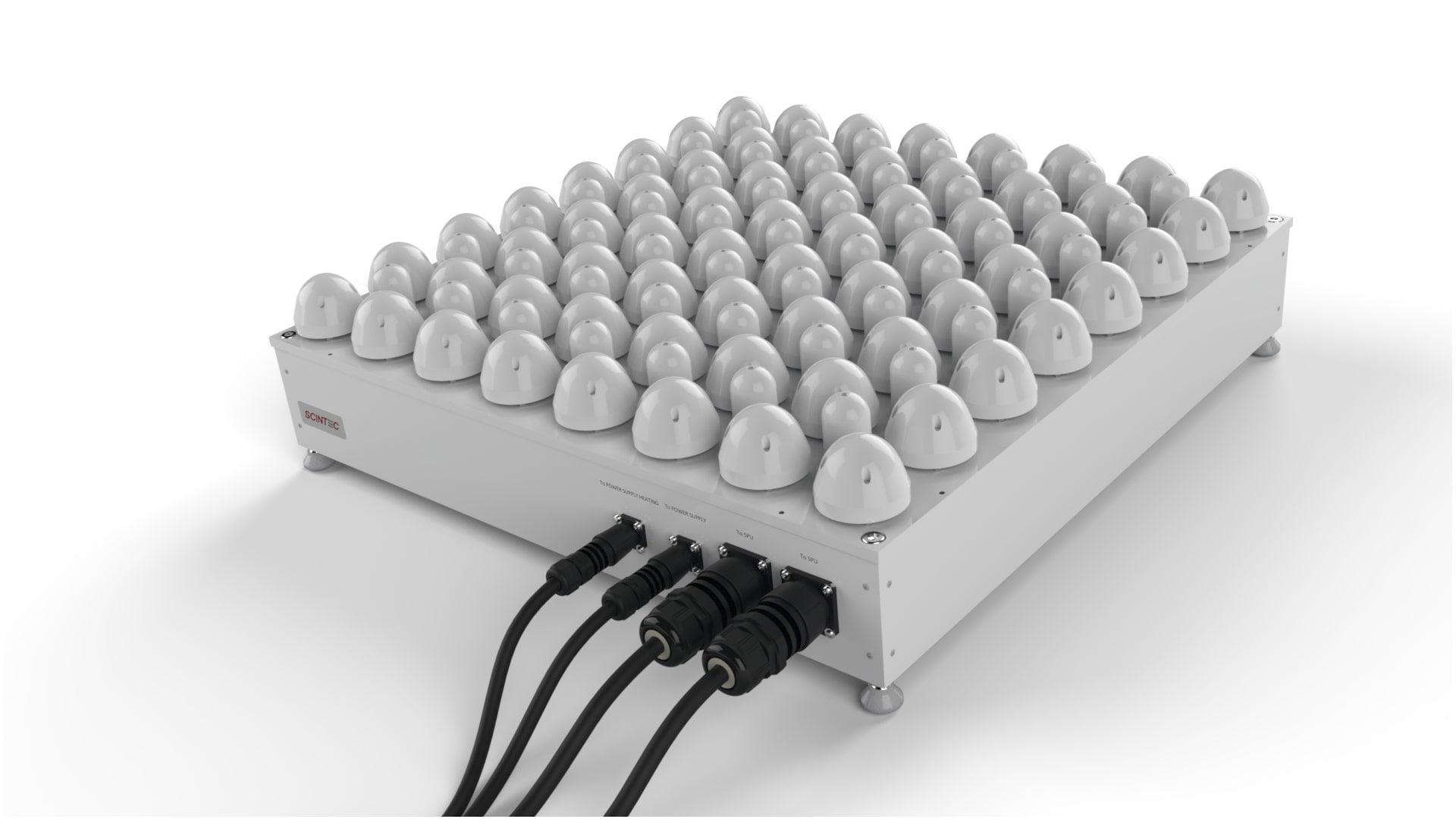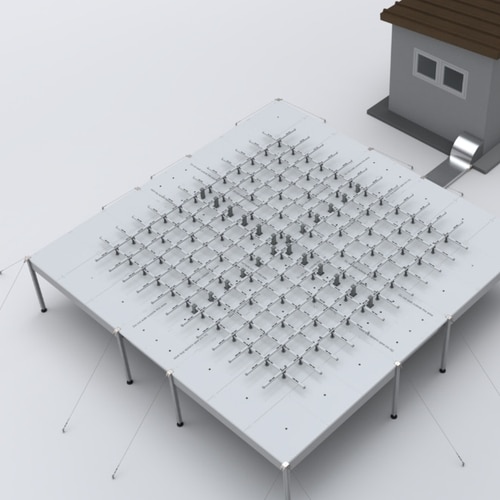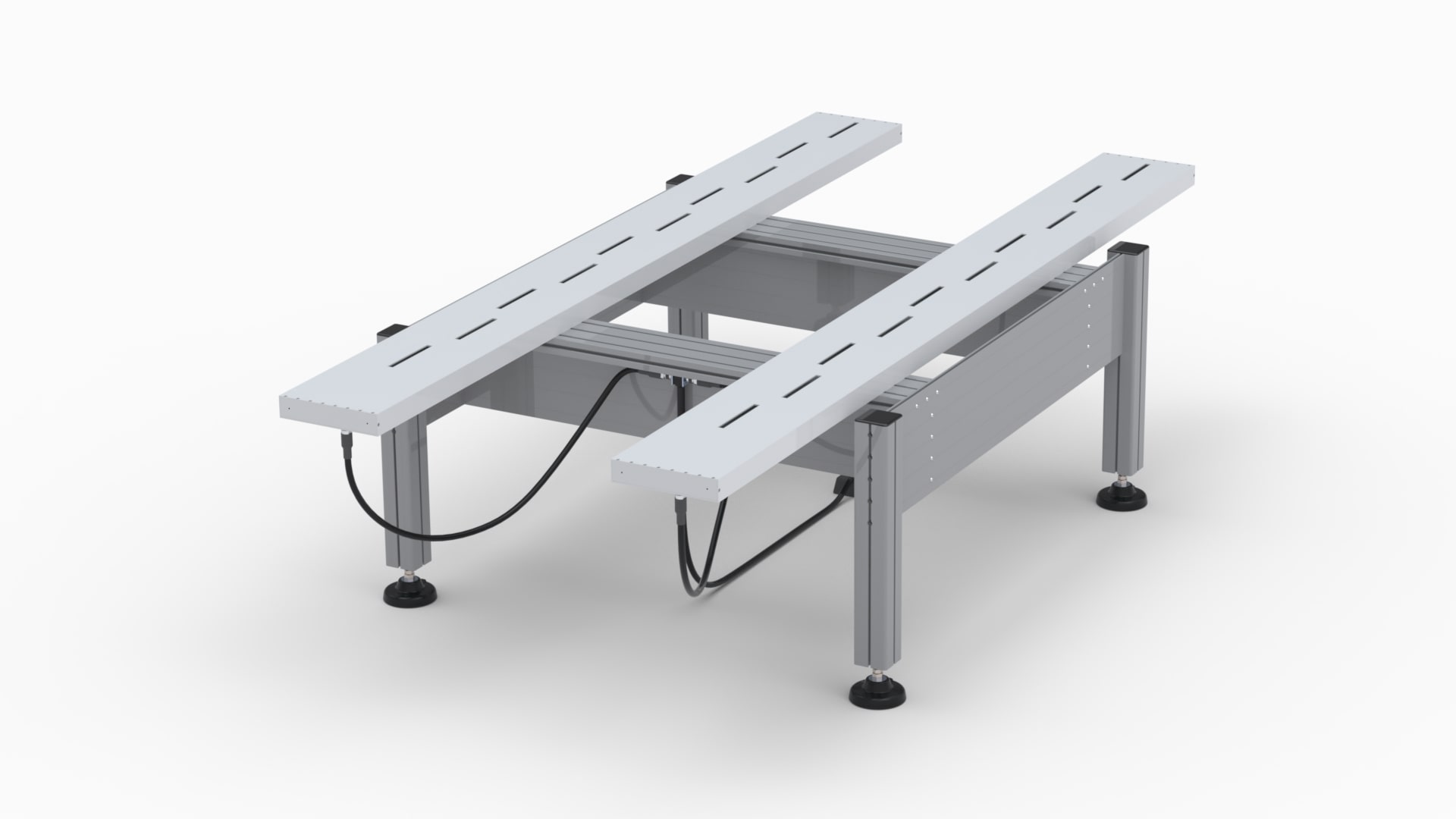Even though more and more understood, the climate system is very complex. So is scientific research in this field. Virtually any product of Scintec has been used to better understand the different processes involved in the climate system. You find more general information on the meteorological processes in the application section on meteorological research.
Here, two examples shall be selected: the polar boundary layer and the synoptic transport of humidity along so-called “atmospheric rivers”.
The atmospheric boundary layer above the extended ice masses in the Arctic and Antarctic have characteristics which makes them very particular. It is important to understand the turbulent fluxes which couple the atmosphere to the ice and sea ice. These fluxes are an important part of the climate system. Models for the turbulent coupling are being developed and validated. Especially when land surfaces are also involved, the emission of trace gases is to be considered.
Polar boundary layers are usually very shallow. Sodar wind profilers without and with RASS temperature profilers are the instruments of choice. They are robust and reliably work at low temperatures and in all weather. They can measure the wind, temperature and turbulence profiles.The windRASS can even measure wind and temperature in laminar flow.
Scintillometers are ideal to characterize the near-surface turbulence including the turbulent fluxes in very stable atmospheric conditions. The turbulence spectrum is usually limited to small eddies which are difficult to measure with conventional instruments but easily accessible using scintillometers.
A large amount of energy is transported from the tropics to the poles in form of water vapor on a synoptic scale. The energy is released during condensation. It has been observed that the flow of water vapor is concentrated in streams of varying geographics positions. These streams are called atmospheric rivers and extraordinarily contribute to the poleward energy transport. As such they are an important factor in the global climate system. Beyong, heavy and long-lasting rain events can be connected to their location.
A better understanding of atmospheric rivers involves improved synoptic-scale modelling. Networks of tropospheric radar wind profilers such as the LAP8000 have been set up to monitor the flow in several kilometers height, where most of the humidity is transported. Unlike radiosondes, wind profilers produce a continuous data output and have significant advantages when it comes to model validation.

MFAS is a versatile acoustic Wind Profiler which combines the both advantages of an excellent portability and a high detection range.

This model operates on a lower radio frequency and achieves the highest measurement range.

for SFAS and MFAS
The Scintec windRASS Extension upgrades the Sodar models SFAS or MFAS to work in radio-acoustic mode for precise measurements of both wind and temperature.


